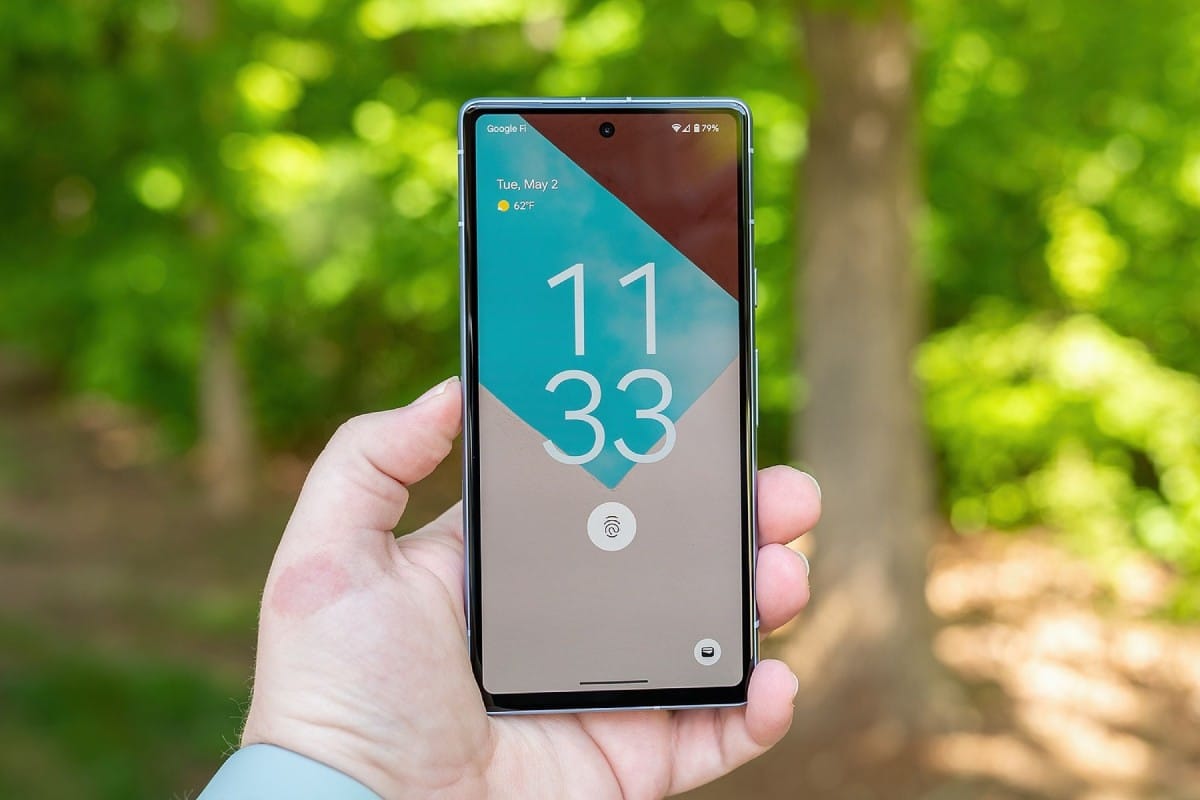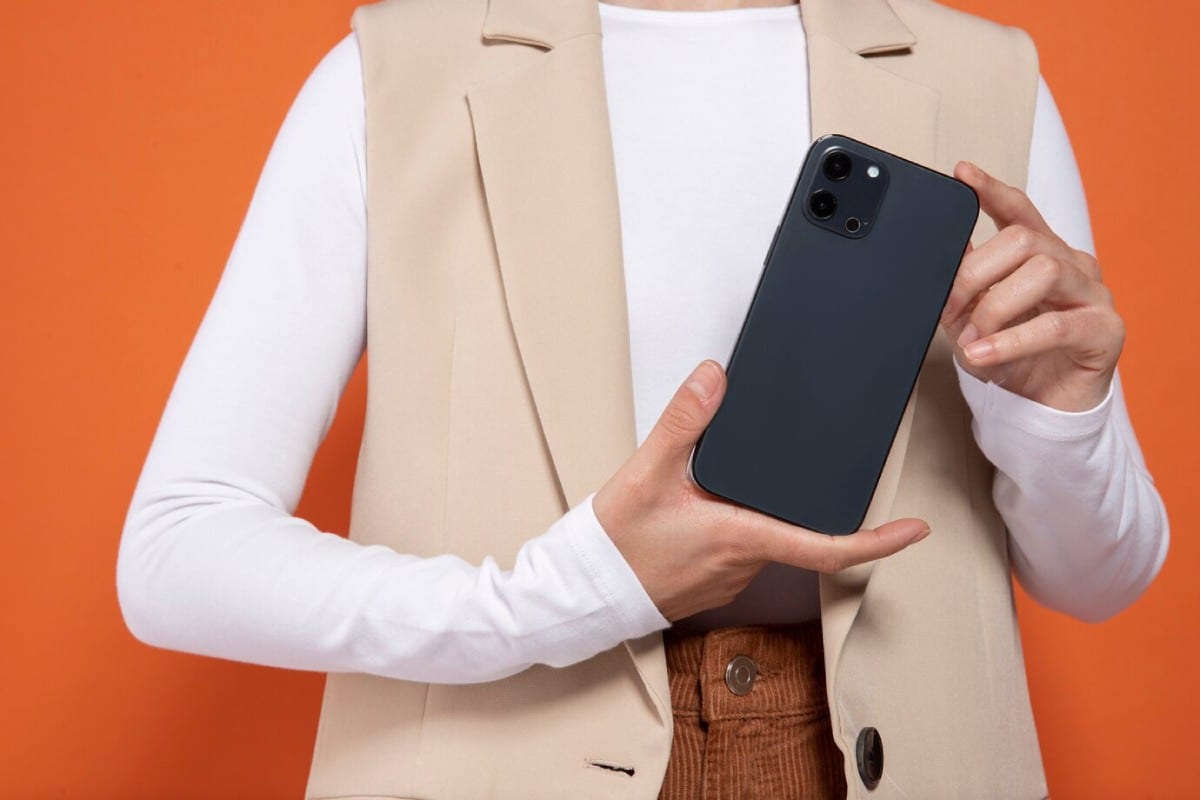
Switching Trends: From Premium to Budget Smartphones
Not too long ago, owning the latest iPhone or Galaxy Ultra was seen as a badge of success. Premium smartphones were more than devices — they were status symbols, productivity hubs, and trendsetters in your pocket. But things are shifting.
More and more users are trading in premium smartphones for budget-friendly alternatives, and it’s not just about saving money. It’s about value, practicality, and changing priorities. From students and professionals to retirees and remote workers, consumers are increasingly asking: Do I really need to spend over £1,000 on a phone?
In this article, we’ll dive into the smartphone switching trends that are reshaping the tech world. We’ll explore why people are moving from premium to budget devices, what’s driving these shifts, and how brands are responding. Whether you’re considering a switch or simply curious about how consumer smartphone choices are evolving, you’re in the right place.
The Evolution of the Smartphone Market
From Elite to Essential
The early 2010s were the golden age of the flagship. Each year brought bigger leaps in hardware, sleeker designs, and headline-grabbing innovations. But today’s market looks quite different.
Smartphones have become ubiquitous, reliable, and surprisingly similar across tiers. In fact, the gap between a £1,200 flagship and a £250 mid-ranger has narrowed considerably.
This convergence has shifted the spotlight to value for money, and budget smartphones are rising to the occasion.
What’s Fueling the Premium-to-Budget Shift?
1. Rising Cost of Living
Let’s address the elephant in the room — money matters. With inflation squeezing wallets worldwide, fewer people can justify premium prices for marginal gains.
- Energy bills are up
- Rent and mortgages are higher
- Groceries cost more
When essentials stretch your budget, a £1,000+ phone starts to feel less like a necessity and more like a luxury.
Real story: Emily, a schoolteacher in Birmingham, switched from an iPhone 13 Pro to a Pixel 6a. “I needed to cut costs, and honestly, I haven’t missed a thing. It still does everything I need.”
2. Budget Phones Are Genuinely Good

This isn’t about settling — it’s about smart spending. Phones like the Samsung Galaxy A55, Redmi Note 13 Pro, or Pixel 7a offer:
- Crisp AMOLED displays
- Capable cameras
- Long battery life
- Regular updates
- 5G connectivity
Ten years ago, these specs were flagship materials. Today, they’re available for a fraction of the price—and consumers are noticing.
Shifting Priorities in Consumer Smartphone Choices

3. Utility Over Status
Once upon a time, a premium phone was a subtle flex. But today’s consumers are more pragmatic. They’re asking:
- Does this phone meet my needs?
- Will it last a few years?
- Is the camera good enough for social media?
- Will I regret this financially?
And often, the answer leads them away from high-end devices.
Quick comparison:
| Feature | Premium (£900+) | Budget (£200–£400) |
| Build | Glass/Titanium | Plastic/Aluminium |
| Camera | 3–4 lenses, AI magic | Dual lens, good basics |
| Display | 120Hz OLED | 90–120Hz AMOLED/LCD |
| Battery | 4,000–5,000 mAh | 5,000+ mAh |
| Updates | 4–6 years | 2–4 years |
4. Sustainability and Minimalism
There’s also a growing desire to consume less, waste less, and live more intentionally. Buying a modest phone — one that meets your needs without extravagance — aligns perfectly with minimalist and eco-conscious values.
Many users now see “less” as more. Less spending, less guilt, less clutter. The smartphone becomes a tool, not a trophy.
Who’s Making the Switch?
1. Millennials and Gen Z
This group may be tech-savvy, but they’re also financially cautious. With student debt, housing crises, and side hustles, they’re rethinking traditional buying habits.
- They value performance and longevity over flash
- Many rely on second-hand or refurbished models
- TikTok and YouTube are filled with budget phone reviews and hacks
Example: Jake, a 23-year-old design student, ditched his iPhone for a refurbished Pixel 6. “It’s just smart economics,” he says. “And I love that it feels like a conscious choice.”
2. Working-Class and Budget-Conscious Families
For many families, buying a smartphone isn’t a one-off — it’s a recurring cost for multiple members.
- Budget phones mean less financial pressure
- If one breaks, the replacement cost is manageable
- Many offer dual SIMs, great for travel or side gigs
3. Seniors and Light Users
Older users often want simplicity. Calls, texts, photos, and maybe a few apps — that’s all.
- Big displays, simple UIs, and reliable batteries matter most
- Spending £1,200 on features they won’t use doesn’t make sense
What Are Users Gaining From the Switch?
1. Freedom From Upgrade Pressure
Budget phone users often hold onto their devices longer. Without the stress of staying on-trend, they:
- Save money
- Reduce e-waste
- Avoid constant tech anxiety
2. Peace of Mind
You drop a £250 phone? You wince. You drop a £1,200 phone? You panic.
Lower-cost devices remove the fear factor. Users report feeling more relaxed, confident, and practical in their daily use.
The Rise of Mid-Range and “Affordable Flagships”
Bridging the Gap
Many brands are now offering “flagship killers” — mid-range phones with premium features.
- OnePlus Nord CE 3, Samsung Galaxy A74, and Realme GT5 Pro are great examples
- These phones combine flagship performance with mid-tier pricing
- Consumers are flocking to them for that sweet spot of value and capability
Refurbished Market Explosion
Platforms like Back Market, Envirofone, and MusicMagpie are booming. They let consumers:
- Buy previous-gen flagships at half the price
- Reduce e-waste
- Still enjoy high-end features affordably
How Brands Are Adapting to the Shift
1. Diversified Line-ups
Big players now serve multiple segments with equal care:
- Apple: iPhone SE
- Samsung: Galaxy A series
- Google: Pixel A series
- Xiaomi: Redmi and Poco brands
- Motorola: Moto G series
This inclusivity helps brands retain customers who might otherwise switch.
2. Extended Software Support
To stay competitive, even budget models are now promised:
- 3–4 years of updates
- Better security patches
- Optimised software for modest hardware
This reassures buyers they’re making a smart long-term choice.
What This Means for the Future
- Premium phone sales may plateau, especially in cost-sensitive regions
- Mid-range and budget markets will thrive
- Refurbished and sustainable tech will gain ground
- Consumers will demand more transparency in pricing and support
The bottom line? People want value, durability, and honesty. Not just bells and whistles.
Conclusion: Budget Is the New Smart

The shift from premium to budget smartphones isn’t a sign of compromise — it’s a celebration of conscious choice.
Today’s budget smartphones aren’t “cheap alternatives” — they’re well-rounded companions that meet real-world needs. And for many, that’s more than enough.
So if you’re thinking about switching — or already have — know this: you’re not missing out. You’re tuning in.


